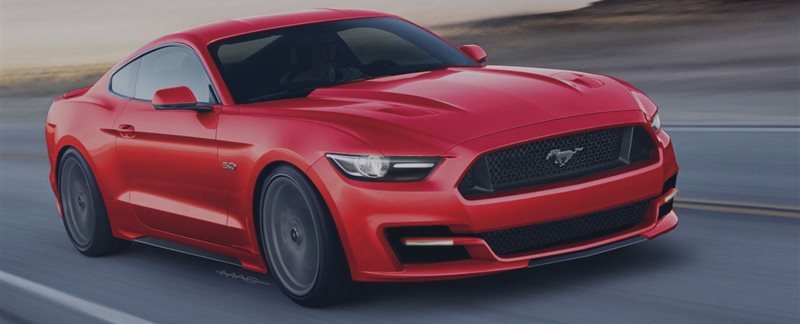It wasn’t supposed to be this way. Tighter carbon-emission standards around the world and higher fuel-economy rules in the U.S. were to mean the end of muscle cars, or at least affordable ones. But, pleasant surprise, cars have actually gotten stronger, quicker, faster. Overall, performance is cheaper, more efficient and reliable than ever. It’s the Golden Age of Horsepower, and the horses are eating diet hay.
Do you like acceleration, Johnny? Dodge will sell you a Challenger SRT Hellcat with 707 hp and an eight-speed transmission, a car that will lay down 11-second quarter-mile passes until they turn the track’s floodlights off. A roaring Mopar fever dream. Chevrolet purveys a 580-hp Camaro ZL1 with Recaro seats, six-speed manual and a clutch, offering a top speed of 184 mph. Some exotic European brands are selling “megawatt” cars, with engine outputs of more than 1,341 hp.
All of these cars and engines have one thing in common: forced induction. Instead of breathing at atmospheric pressure like the rest of us, these engines are force-fed air through spooling, high-velocity turbines, either turbochargers or superchargers. Combustion-wise, the effect is like turning a leaf blower on a bonfire.
From Ford F, -0.36% to Ferrari, Audi to Volvo, auto makers are being obliged to move to smaller, forced-induction engines to make power while still lowering emissions. As they do, the character, the sinew, even the sound of performance is changing. And nowhere is the effect more striking than in the Ford Mustang, with its 2.3-liter EcoBoost engine. It’s kind of the New Fast.
For once, the Mustang is a thoroughly modern automobile. The latest iteration is at last fitted with an independent rear suspension, which Mustang engineers resisted in favor of a tough, simple live axle design that was good for drag racing (and cheaper, too).
A latte salute might be in order. The 2015 model represents the sixth generation of Dearborn’s beloved Pony Car and marks the 50th anniversary of America’s budget-style champion (for reference, the base price of an EcoBoost Fastback, $25,170, is a little more than tenfold the face value of what a 1965 Fastback sold for). On a good year Ford will sell 80,000 to 90,000 coupes and convertibles, with 4-, 6-, and 8-cylinder engines, and final assembly in Flat Rock, Mich. The Mustang is bedrock American car culture, from East L.A. to the flatlands of Minnesota.
Ford will export the cars to the demanding European market, and for once, the Mustang is a thoroughly modern automobile. The latest iteration is at last fitted with an independent rear suspension, which Mustang engineers resisted in favor of a tough, simple live axle design that was good for drag racing (and cheaper, too).
While the Mustang is available with a choice of three engines—including the base 300-hp V6 and a big-brute 435-hp V8—the engine Ford would most like you to take seriously is the thrifty “EcoBoost,” a turbocharged 4 cylinder displacing a mere 2.3 liters, less than half the size of the V8.
A four-banger in a muscle car? Well, a state-of-the-art four-banger—all aluminum, boosted to the stars (18 psi), hugely torquey, with specific power of 135 hp per liter. But still.
This might be a communications challenge. The muscle-car audience is, by its nature, not impressed with nuance. The optics of switching from eight cylinders to four are not intuitive, not quite fully American.
To be clear, in the 50-year history of Mustang, Ford made millions of 4-cylinder Mustangs, starting with the Mustang II redesign of 1974. There was even a brief, interesting experiment with hi-po turbo fours in the 1980s. But for the most part four-cylinder Mustangs were fairly lame ponies, ultimately sold into rental fleet servitude. The EcoBoost is offered as the smart budget-performance option, and it has numbers to back it up: 310 hp and 320 pound-feet of torque.



